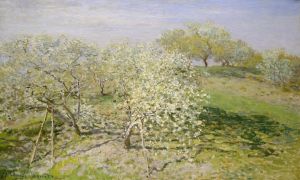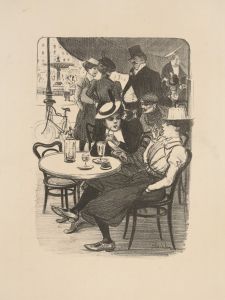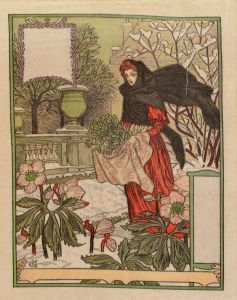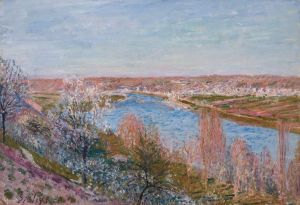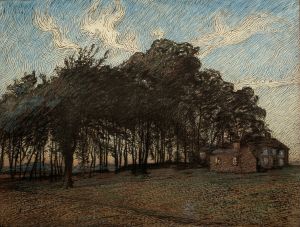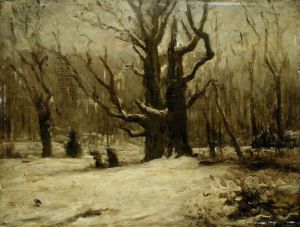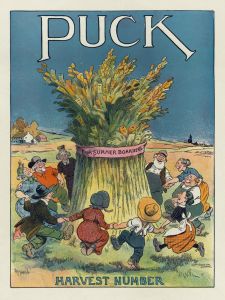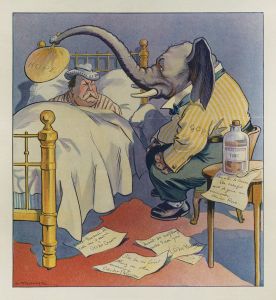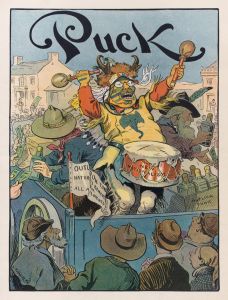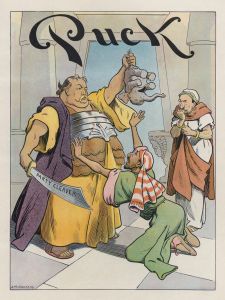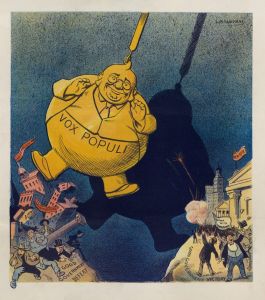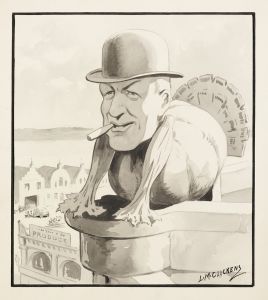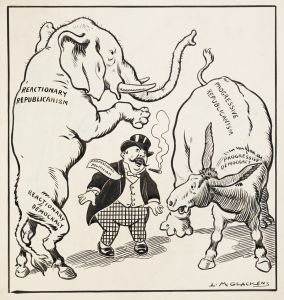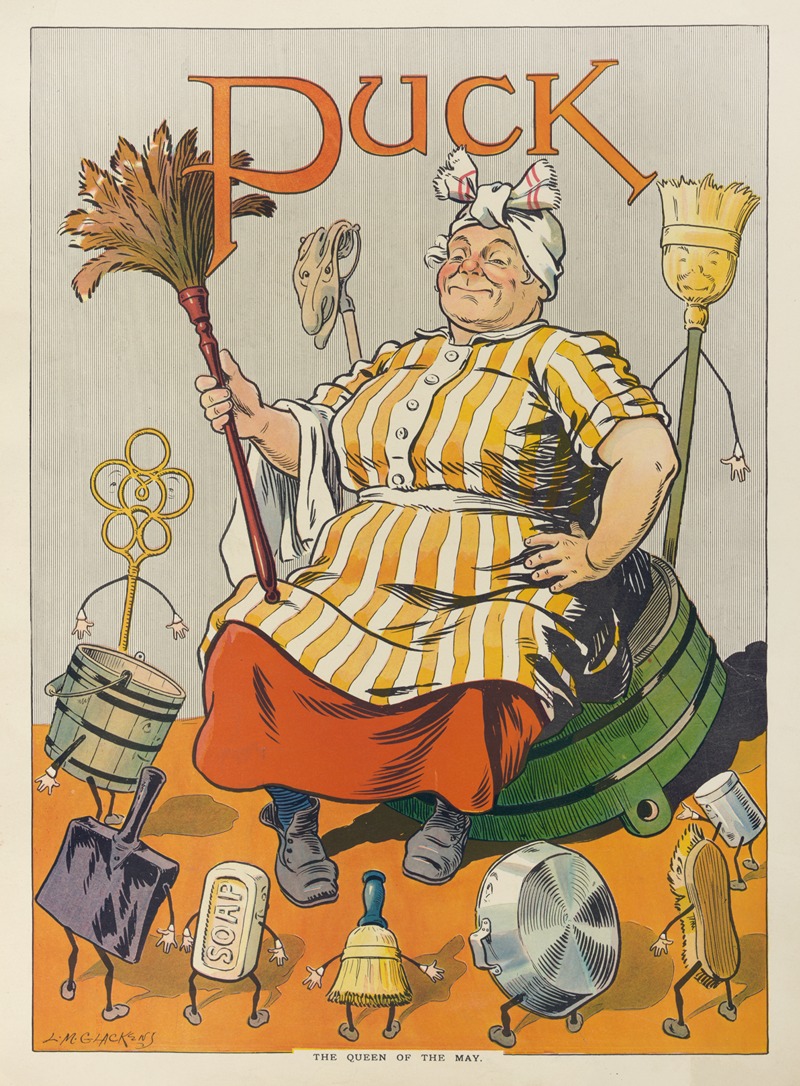
The queen of the May
A hand-painted replica of Louis Glackens’s masterpiece The queen of the May, meticulously crafted by professional artists to capture the true essence of the original. Each piece is created with museum-quality canvas and rare mineral pigments, carefully painted by experienced artists with delicate brushstrokes and rich, layered colors to perfectly recreate the texture of the original artwork. Unlike machine-printed reproductions, this hand-painted version brings the painting to life, infused with the artist’s emotions and skill in every stroke. Whether for personal collection or home decoration, it instantly elevates the artistic atmosphere of any space.
Louis M. Glackens (1866–1933) was an American illustrator and artist, known for his work in magazines and his contributions to early animation. One of his notable works is the painting "The Queen of the May." This piece exemplifies Glackens' skill in capturing lively and whimsical scenes, often imbued with a sense of humor and charm.
"The Queen of the May" is a vibrant depiction of a traditional May Day celebration, a festival that has roots in ancient agricultural rituals and is celebrated in various cultures around the world. The painting showcases a central figure, the Queen of the May, who is typically a young girl chosen to preside over the festivities. She is often adorned with flowers and ribbons, symbolizing the arrival of spring and the renewal of life.
In Glackens' rendition, the Queen of the May is surrounded by a lively crowd, including children and adults, all engaged in the joyous activities associated with the festival. The scene is filled with bright colors and dynamic movement, capturing the essence of the celebration. The artist's use of light and shadow adds depth to the composition, enhancing the overall festive atmosphere.
Louis Glackens was part of a family of artists; his brother, William Glackens, was also a prominent painter and a member of the Ashcan School. Louis, however, carved out his niche in the world of illustration and commercial art. He worked for Puck magazine, a leading humor publication of the time, where he created numerous cartoons and illustrations that reflected his keen sense of humor and social commentary.
In addition to his work in print, Glackens contributed to the early animation industry. He worked with the Bray Productions studio, one of the pioneering companies in American animation, where he helped create animated shorts that were shown in theaters. His experience in illustration and his ability to convey motion and expression made him a valuable asset in the burgeoning field of animated films.
"The Queen of the May" is a testament to Glackens' versatility as an artist. While much of his work was commercial in nature, this painting demonstrates his ability to capture the spirit of traditional celebrations with a touch of whimsy and delight. The piece remains a charming example of early 20th-century American art, reflecting both the cultural traditions of the time and the unique style of its creator.
Overall, Louis Glackens' contributions to art and animation have left a lasting legacy. His work continues to be appreciated for its humor, creativity, and the joyful energy that he brought to his subjects. "The Queen of the May" stands as a delightful representation of his artistic talent and his ability to bring scenes of celebration to life.





